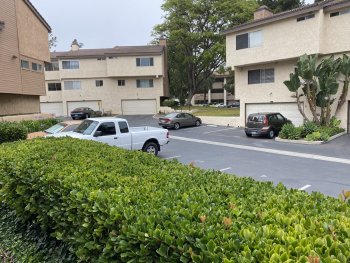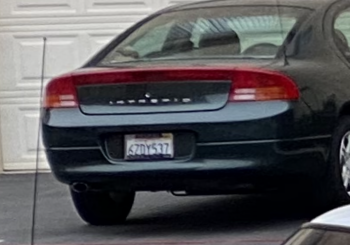Bit of background.
Been playing with my Pro Max trying to generate decent off the cuff shots that allow me the ability to zoom in and see decent detail post shot.
I usually take the photos on my Pro Max and review / discard / cleanup on my IPP or MB. My issue comes when the photos pixelate details that should be (I think) clear or sharper.
I first noticed this in iOS 13 where words or letters/numbers would blur in a shot - I forget what .x - hence I think it may be software.


 This was a random shot I did for test in my complex. When I zoomed into either of the vehicles license plate or the building in the center (distant) the letters / numbers quickly lost clarity.
This was a random shot I did for test in my complex. When I zoomed into either of the vehicles license plate or the building in the center (distant) the letters / numbers quickly lost clarity.
Even if I do the 2x OZ, I still see the same basic results.



I’ve tried items like setting the focus point, not zooming in digitally then shoot, making sure all is clean ... etc ...
Anything I missed? Lets say that I have become very disappointed in the quality of my shots.
Thanks in advance....
Been playing with my Pro Max trying to generate decent off the cuff shots that allow me the ability to zoom in and see decent detail post shot.
I usually take the photos on my Pro Max and review / discard / cleanup on my IPP or MB. My issue comes when the photos pixelate details that should be (I think) clear or sharper.
I first noticed this in iOS 13 where words or letters/numbers would blur in a shot - I forget what .x - hence I think it may be software.


 This was a random shot I did for test in my complex. When I zoomed into either of the vehicles license plate or the building in the center (distant) the letters / numbers quickly lost clarity.
This was a random shot I did for test in my complex. When I zoomed into either of the vehicles license plate or the building in the center (distant) the letters / numbers quickly lost clarity.Even if I do the 2x OZ, I still see the same basic results.



I’ve tried items like setting the focus point, not zooming in digitally then shoot, making sure all is clean ... etc ...
Anything I missed? Lets say that I have become very disappointed in the quality of my shots.
Thanks in advance....

